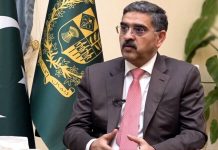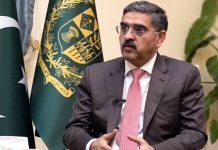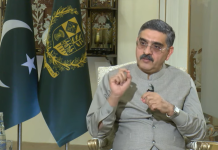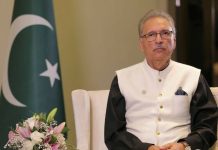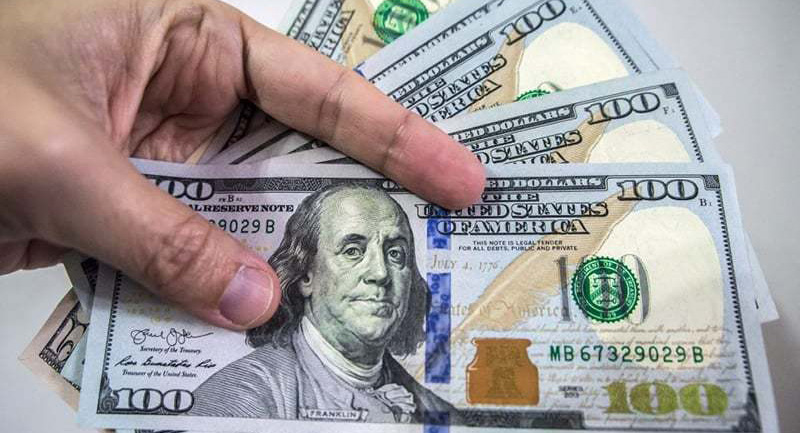
Dollar, however, remained constant in the interbank and was traded at Rs 141.39.
According to the Forex Association of Pakistan, the buying and selling rates of dollar in the open market were recorded at Rs 143.20 and Rs 144 on Tuesday. However on Wednesday, the greenback’s value increased by Rs 2.50 to reach an all-time high amid speculations that the local currency will depreciate further.
Prime Minister Imran Khan held a meeting during the day with the major currency dealers to discuss how to strengthen the country’s foreign currency reserves and plug leakages and misuse, if any. A private TV channel reported that Prime Minister Imran Khan ordered relevant authorities to take action against foreign exchange companies selling US dollar at higher rates. The meeting decided that the companies deviating from set currency rates will not be given any concession. The meeting also had a delegation of E-Commerce Association of Pakistan (ECAP) in presence, who assured of not supporting companies selling foreign currency at higher rates.
An official at the SBP said they were monitoring the situation in the open market. “If and when the central bank feels the need, it will either supply dollars and/or summon currency dealers to stabilise the rupee in the open market,” he said.
The increase comes days after Pakistan’s agreement with the International Monetary Fund (IMF) securing a $6 billion bailout. At the start of the week, Pakistani stocks fell as investors and analysts expressed doubt over the reported conditions of the deal. “The investors have taken the IMF conditions as negative, especially with regard to free float of the rupee against the dollar and increasing the interest rate,” Yawar Zaman, head of Research at Shajar Capital, a brokerage house in Karachi, said.
In its statement, the IMF spoke of a ‘market-determined exchange rate’, and the financial markets did not take the words very well.
“Fears of further devaluation as a result of the agreement with the IMF have depressed the currency market and the rupee may lose more against the greenback in the coming days,” Secretary General of Exchange Companies Association of Pakistan Zafar Paracha said, adding that most of the currency dealers and experts have already expressed their disappointment over the undisclosed conditions agreed between the IMF and the government.
For more than a year now, Pakistan has struggled to stave off a looming balance-of-payment crisis while its economy teeters due to low growth, soaring inflation, and mounting debt. Some analysts are of the view that $6 billion will not be enough to pull the country back from the brink.
Mohammad Sohail, CEO of Karachi-based brokerage house Topline Securities, said they believe Pakistan’s annual foreign payments could be as high as $14 billion. “If government can secure more funding from donors including China and Saudi Arabia, from whom we have already raised billions, then it could be sufficient,” he said. “If not, the current programme will not be enough for the foreign payments,” he added.
However, Salman Ahmed, head of institutional sales at Aba Habib Ali, a brokerage house in Karachi, said the amount was less important than the fact that a deal has been struck at all. “This will give the government a breathing space, and now it can look around for other sources of financing foreign debts,” he said.
Business leaders are of the view that the ‘IMF-sponsored’ budget will result in contraction of the troubled economy and take a toll on the masses struggling to make both ends meet. The new taxation measures to improve the revenue collection will also hit the business community and the masses besides widening the gulf between taxpayers and the tax collectors.






